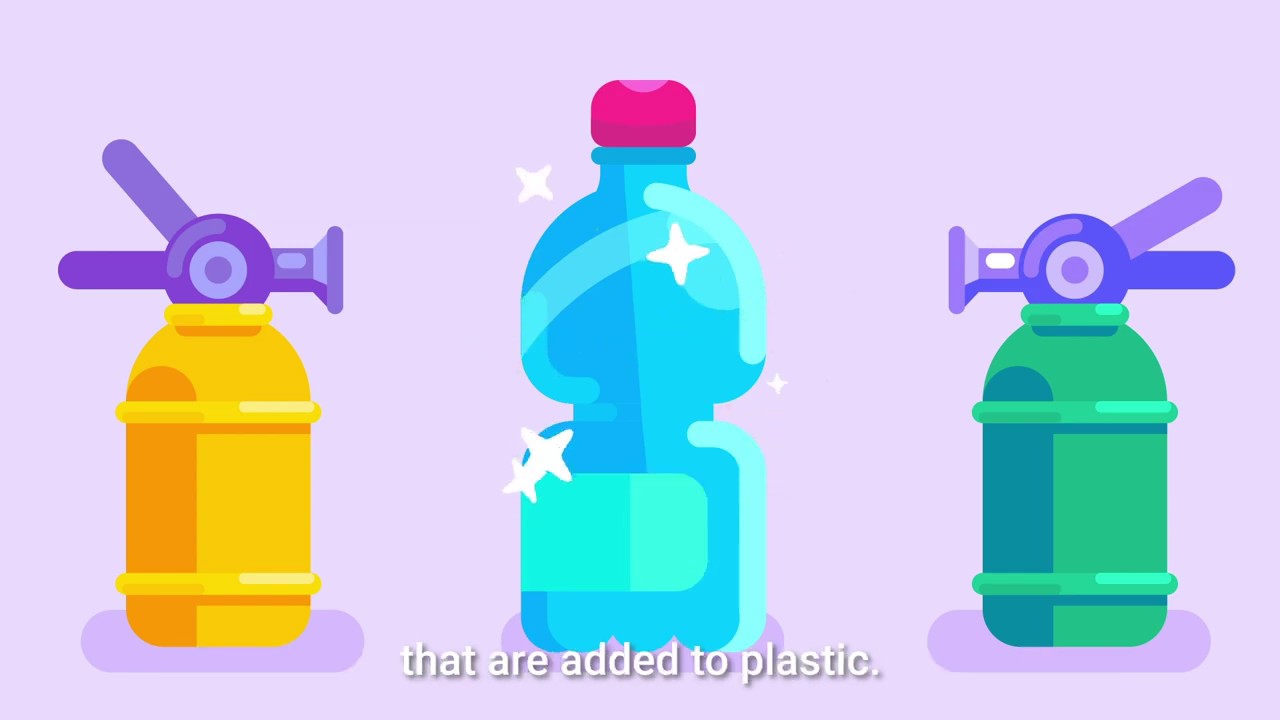Microplastics are tiny. But they pose a big pollution problem.
These tiny bits of trash are 5 millimeters (0.2 inch) or smaller. Some are made that small. For instance, the tiny beads in some toothpastes and face washes are microplastics. But many microplastics are debris from larger plastic pieces that have crumbled apart.
The itty-bitty plastic shreds travel far on winds and ocean currents. They’ve ended up everywhere from mountaintops to Arctic ice. Microplastics are so widespread that many animals end up eating them. Plastic bits have turned up in birds, fish, whales, corals and many other creatures. This pollution may stunt their growth or cause other harm.
See all the entries from our Let’s Learn About series
Microplastics are found inside people, too. Americans are thought to consume some 70,000 microplastic pieces each year. People might inhale plastic particles floating through the air. Or they may eat fish or other animals that contain microplastics — or drink water peppered with this trash. Microplastics can then pass from the lungs or gut into the bloodstream.
Researchers do not yet know the health risks of being exposed to so much microplastic. But they are worried. Why? Plastics are made of many different chemicals. Some of these are known to pose health risks to people. Plastics also act like sponges and soak up other pollution in the environment.
Engineers are coming up with solutions to the microplastic problem. Some are working on new ways to break down plastics in the environment. Others are devising more environmentally friendly materials to use instead of plastic. But the simplest solution to microplastic pollution is one we can implement right now. And that’s using less plastic.
Want to know more? We’ve got some stories to get you started:
Help for a world drowning in microplastics Microplastic pollution in our oceans and lakes is a problem. Scientists are testing solutions — from more biodegradable recipes to nanotechnology. (1/30/2020) Readability: 7.8
Analyze This: Corals stash microplastics in their skeletons Scientists have wondered where the ocean’s microplastic pollution ends up. Corals may trap about 1 percent of particles in tropical waters each year. (4/19/2022) Readability: 7.3
Americans consume some 70,000 microplastic particles a year The average American consumes more than 70,000 microplastic particles a year. Scientists hope this estimate will spur others to look at health risks. (8/23/2019) Readability: 7.3
Explore more
Scientists Say: Plastic
Scientists Say: Microplastic
Microplastics are blowing in the wind
Microplastics take flight in the bellies of mosquitoes
Polluting microplastics harm both animals and ecosystems
Car tires and brakes spew harmful microplastics
Earthworms lose weight in soils polluted with microplastics
Clothes dryers may be a major source of airborne microplastics
Analyze this: Microplastics are showing up in Mount Everest’s snow
Tiny swimming robots may help clean up a microplastics mess
Your bloodstream may be littered with the plastic you’ve eaten
We all unknowingly eat plastic, which may host toxic pollutants
Activities
Help track microplastic pollution and raise awareness about this problem by joining the Microplastics Pollution Monitoring Program. Add your own observations to a dataset on the presence of microplastics in lakes, rivers, forests, parks and other outdoor areas.


